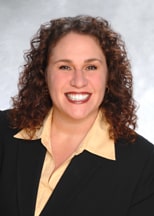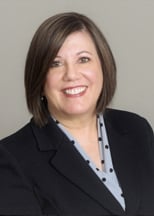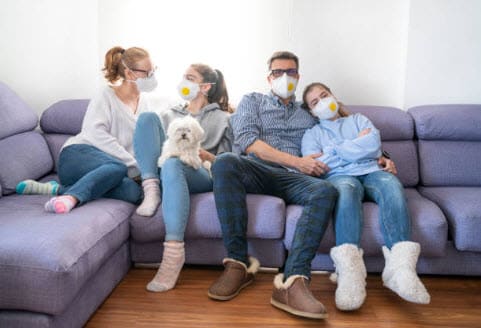By Jaimee K. Wellerstein, Esq.
and
Annette M. Barber, Esq.
COVID-19 preparedness and containment procedures are changing rapidly. We encourage you to stay informed and up to date by obtaining information from all available sources, as are we. We will strive to provide updates as events warrant. You may contact your Bradley, Gmelich & Wellerstein LLP attorney with specific questions that arise.
On March 18, 2020, the Senate overwhelmingly passed the Families First Coronavirus Response Act (FFCRA), an economic stimulus plan designed to address the impact of the COVID-19 outbreak and introduce an emergency additional paid sick leave and expanded family and medical leave act to employers. President Trump signed the bill shortly after it cleared Congress.
FAMILIES FIRST CORONAVIRUS RESPONSE ACT (FFCRA)
The FFCRA generally includes two paid leave provisions intended to provide relief to employees for reasons related to COVID-19:
- The Emergency Family and Medical Leave Expansion Act (HR. 6201, Division C (§§ 3101 to 3106)); and
- The Emergency Paid Sick Leave Act (H.R. 6201, Division E (§§ 5105 to 5111)).
Both laws become effective on April 2, 2020 (15 days after enactment) and expire on December 31, 2020. While this update is not meant to be exhaustive, it is intended to provide employers with essential information concerning their duties to provide job-protected leave and paid sick leave to employees affected by COVID-19.
EMERGENCY FAMILY AND MEDICAL LEAVE EXPANSION ACT
The Emergency Family and Medical Leave Expansion Act (Emergency FMLA) temporarily expands the FMLA to provide paid and other protected leave to covered employees with a qualifying need related to a public health emergency regarding COVID-19 declared by a federal, state, or local authority.
What paid family leave are employees entitled to related to COVID-19?
The Emergency FMLA amends the FMLA, granting 12 weeks of FMLA-protected leave to be used when employees with a “qualifying need related to a public health emergency”. A qualifying need means the employee cannot work or telework due to the need to care for a son or daughter under 18 years if, because of a public health emergency regarding COVID-19, the child’s:
- School or place or care has been closed.
- Child care provider is unavailable.
Which employers and employees are covered?
- Employers with fewer than 500 employees must extend this emergency family leave to employees who have been employed for at least 30 calendar days.
Are employers required to pay employees during this leave?
- The first ten (10) days are unpaid. An employee may elect (but may not be required) to use accrued paid leave during that period.
- After the first ten (10) days, leave must be paid at two-thirds the employee’s regular rate of pay. For each employee, paid leave is not to exceed $200 per day ($10,000 in total).
Are employees entitled to reinstatement?
Yes. Employees returning from FMLA leave generally have the right to return to the same or an equivalent position. However, the Emergency FMLA contains an exception for employers with fewer than 25 employees when their employees take public health emergency leave if all the following conditions are met:
- The employee’s position no longer exists because of economic or other operating conditions affecting employment and caused by a public health emergency.
- The employer makes reasonable efforts to return the employee to an equivalent position.
- If unable to return the employee to an equivalent position, the employer makes reasonable efforts to contact the employee about available equivalent positions for one year beginning on the earlier of:
the end of the employee’s qualifying need; or
12 weeks after the employee’s leave began.
Does this law provide additional family leave time for employees?
No. The Emergency FMLA adds another category of qualifying need to the FMLA, but the total amount of available leave is the same as under the FMLA (12 weeks in a 12-month period).
EMERGENCY PAID SICK LEAVE ACT (PSL ACT)
What additional paid sick leave are employees entitled to related to COVID-19?
Covered full-time employees are entitled to an additional 80 hours of paid sick leave. Part-time employees are entitled to the average number of hours the employee works during a two-week period.
Employers must provide paid sick leave if the employee is unable to work or telework because the employee:
- Is under a federal, state, or local quarantine or isolation order related to COVID-19.
- Has been advised by a health care provider to self-quarantine because of COVID-19 concerns.
- Is experiencing COVID-19 symptoms and seeking a medical diagnosis.
- Is caring for an individual subject to a quarantine or isolation order or advised to self-quarantine because of COVID-19 concerns.
- Is caring for a son or daughter (as defined in the FMLA) where, due to COVID-19 precautions, the child’s:
- school or place of care has been closed; or
- child care provider is unavailable.
- Is experiencing any other substantially similar condition specified by the Secretary of Health and Human Services in consultation with the Secretary of the Treasury and the Secretary of Labor.
Which employers are covered?
- Covered employers are the same as for FMLA-related leave: fewer than 500 employees.
- The Secretary of Labor may issue guidelines exempting the following from the paid sick leave:
- Certain healthcare employees and first responders; and
- Businesses with fewer than 50 employees, but only from the duty to provide paid leave while an employee is on leave for the purpose of caring for a child whose school/childcare center has been closed due to COVID (and for no other COVID-qualifying event) if that imposition would “jeopardize the viability of the business as a going concern.”
Which employees are eligible?
- Leave is available to all employees for immediate use, regardless of how long they have been employed by the employer (no waiting period).
How does this work with employee’s other sick leave?
Employers cannot require an employee to:
- Use other available paid or unpaid leave before allowing paid leave available under this emergency provision.
- Find a replacement to cover the employee’s hours or shift before allowing paid leave.
But, after the first use of leave, employers may require the employee to follow reasonable notice procedures in order to continue receiving paid sick time.
What are employers required to pay employees during this leave?
- Leave is paid at the employee’s regular rate of pay, except that leave used to care for another individual is paid at two-thirds the employee’s regular rate of pay.
- Paid leave is capped at:
- $511 per day ($5,110 total) for the employee’s own health condition or quarantine.
- $200 per day ($2,000 total) for leave necessitated to care for another individual.
Can employers obtain assistance for payment of this extra sick leave to employees?
Private employers can claim a tax credit against the employer’s portion of Social Security taxes.
Does this sick leave carry over from one year to the next?
No. Unused leave cannot be carried over to the following year.
Have more specific questions about how to maneuver the evolving COVID-19 landscape? Contact your attorneys at Bradley, Gmelich & Wellerstein LLP. We are here to help.

Jaimee K. Wellerstein, Esq. is a Partner and the firm’s Employment Team Head. Representing employers in all aspects of employment law, Ms. Wellerstein collaborates with her clients to develop proactive business and legal strategies to try to avoid workplace conflict and employment disputes. She provides legal advice and counsel to numerous businesses, including conducting individualized training programs for both management and employees. Ms. Wellerstein performs internal audits of her clients’ employment practices to ensure compliance with the rapidly-changing world of employment laws, and guides investigations of employee allegations regarding harassment, discrimination, and employee misconduct.
When litigation cannot be avoided, Ms. Wellerstein aggressively defends her clients against employment law claims in the state and federal courts, as well as at administrative hearings, arbitrations, and mediations. Having defended numerous representative and individual lawsuits on behalf of her clients, Ms. Wellerstein is a skilled litigator and negotiator with a broad spectrum of experience upon which to draw.
A frequent speaker on numerous topics, including employment law and contract law, Ms. Wellerstein regularly conducts training seminars and programs for managers and employees in all areas of employment practices and policies.

As Special Counsel, Ms. Barber works with employers to provide guidance on all employment related issues and specializes in assisting employers with staying compliant with the myriad of employment laws. She provides employers with the tools necessary to be proactive with compliance, including creating policies and procedures, employee handbooks and all employment related documents. Ms. Barber also performs internal compliance audits to assist employers in identifying vulnerabilities and establishing procedures to prevent potential liability. Ms. Barber presents on various employment related topics and creates workplace trainings to meet an employer’s specific needs. She is an experienced workplace investigator of harassment and discrimination claims and represents employers in defending against charges brought by the Equal Employment Opportunity Commission and the California Department of Fair Employment and Housing.

